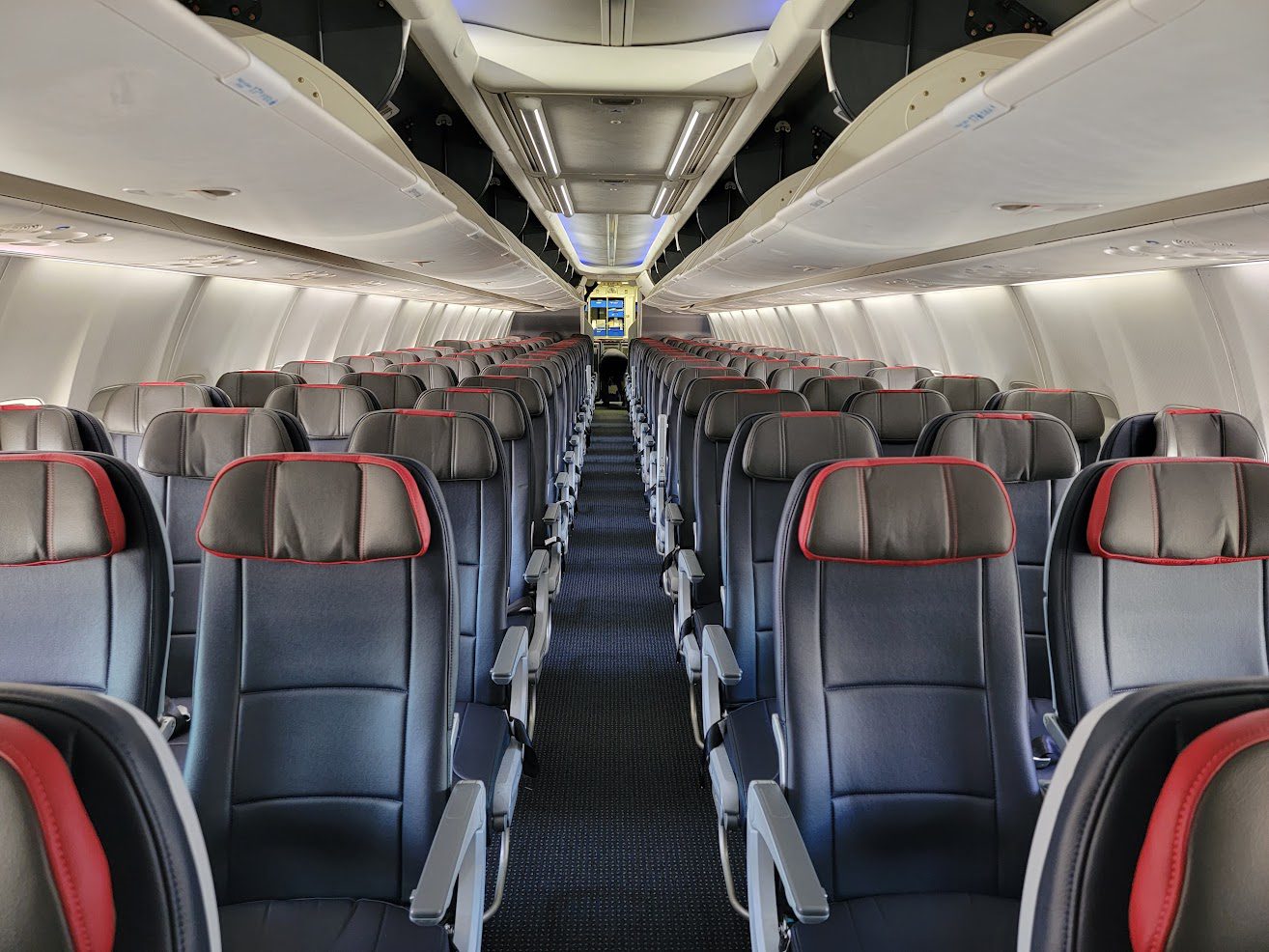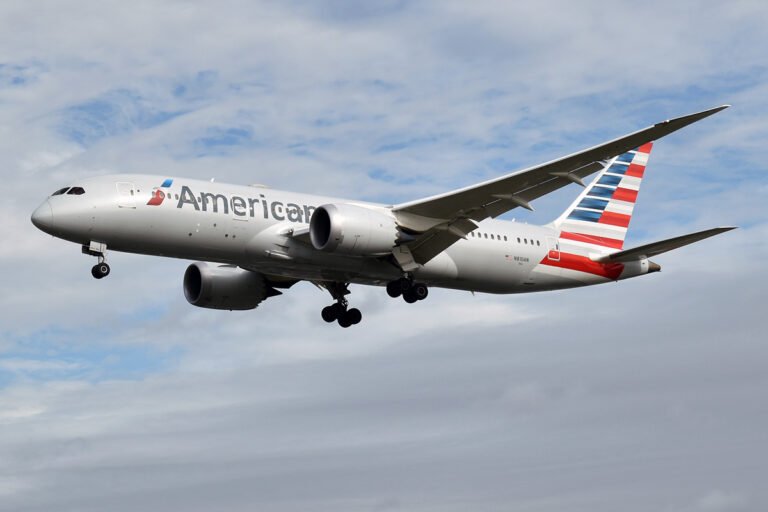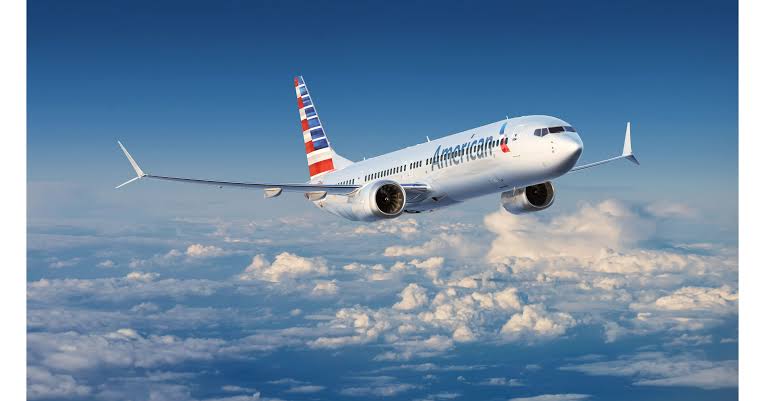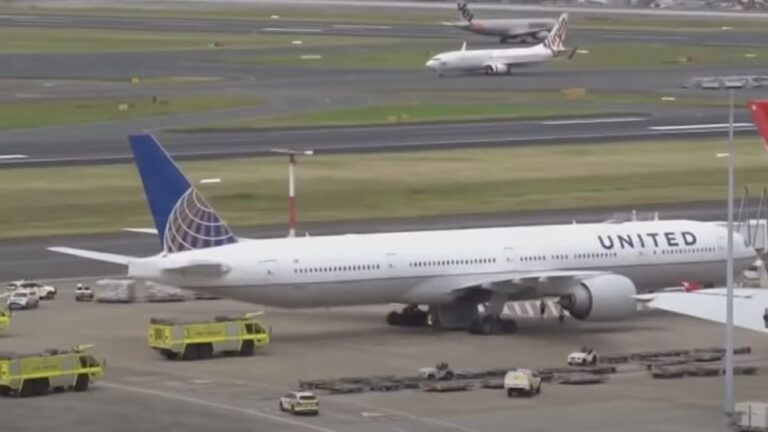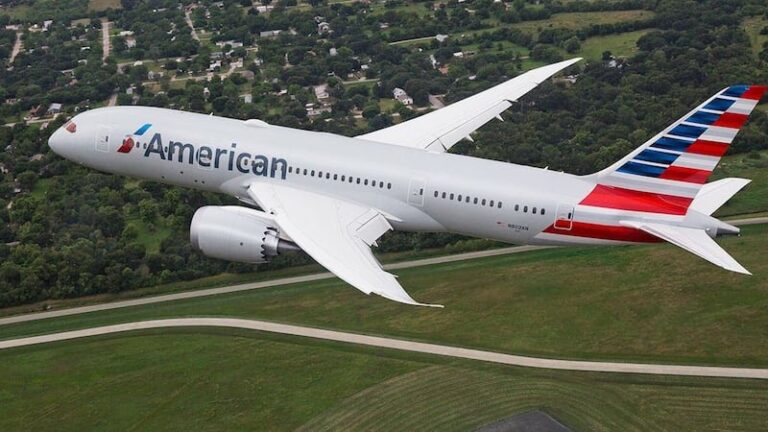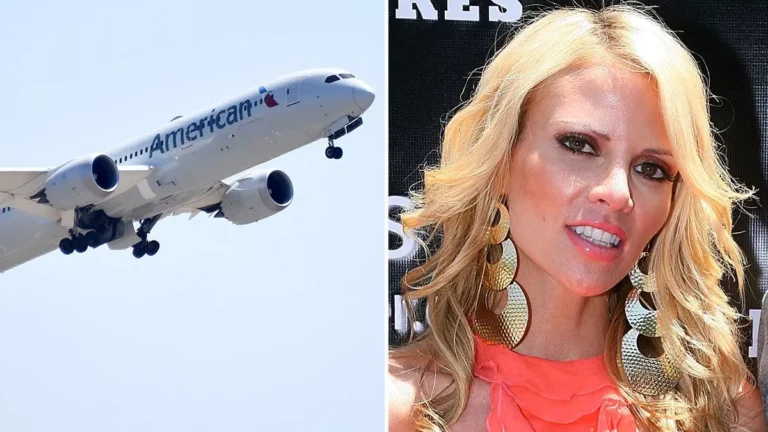American Airlines CEO: Our Priority Is “Not Spending Any More Than We Have To”
In his very first question and answer session with employees after becoming CEO of American Airlines, Robert Isom implored them not to spend a dollar more than they need to. Two and a half years ago, with the airline posting disappointing earnings in the second quarter and projecting that they will not earn any money in the third quarter, he says the revenue problem is easily fixed but he’s most proud of their control of cost.
In a presentation to employees following the airline’s second quarter earnings call on Thursday, a recording of which was reviewed by View From The Wing, employees were told that American should be performing financially like United and Delta, but CEO Isom emphasized that no airline is better at being careful with a dollar than American.
And, he says, that’s even more important – it’s easier to fix revenue than to fix an airline that spends too much. In fact, it’s a competitive advantage.
We are doing an exceptional job at running a solid airline, and doing it efficiently. So we have a number of efforts going on right now about re-engineering the company. It’s really about making sure we use our resources in the best way, do things in a way that takes care of our customers, serves their needs, but makes sure that we’re being really efficient about not spending any more than we have to.
And that’s producing results. There is no airline today that is running a tighter ship in terms of expense and cost management, and that is also something that is very difficult to duplicate.
It’s one thing if you’re not producing from a revenue perspective, but it’s another if you really don’t have a handle on what you spend. So from an operations perspective, and from a spending perspective, I really like what I see.
Looking for places to cut costs, and avoiding expenses, aren’t priorities that are ultimately consistent with delivering a top notch product that drives a revenue premium – and given American’s relatively high costs and high debt load, they need to be driving revenue premium by delivering a product customers willingly pay more for.
If an airline needs to buy seats, is it really necessary to spend a dollar more than needed buying them in order to get the latest or most comfortable product?
American Airlines got itself into trouble when they didn’t invest in a cabin mockup for their standard domestic product before rolling it out. It wound up uncomfortable in first class, and without under seat storage for half the passengers. Lavatory doors smacked into each other, and water sprayed back out of the sink onto passengers. Galleys were tough to work in. They wound up spending more money retrofitting planes they’d just retrofitted – and they still had subpar first class seats and not enough extra legroom seats to sell.
If you need to provide meals to premium customers, how much do you invest? Steak or short rib (‘mystery meat’)? How much should you put into your wine program? Those investments might drive premium customer satisfaction but it might be difficult to tie a given ticket purchase to the spending. And you don’t have to spend more when $1 shelf stable pasta lets you check off the box of having a ‘meal’. And why restore anything other than cardboard box meals on regional flights?
Do we spend a little more on the catering company that delivers a great product and always stocks flights properly and on time, or accept a bit lower quality meal and occasional miscatered flights? One provides a consistent great product for customers, the other risks criticism for spending “a dollar more than we need to.”
Premium cabins get amenity kits on long flights, but is giving the same products to business and first class that you give to premium economy good enough? Why spend more?
When there’s life left in a product, do you replace it because it’s not the best experience? Is that dollar of spending necessary, especially when you believe it’s operational reliability that’s what actually matters?
There’s a difference between ‘not spending a dollar more than you need to’ and ‘being a good steward of shareholder resources’. One can be penny wise, pound foolish while the other makes calibrated investments – spending based on an informed bet about how the decision will return greater revenue, or avoid bigger future expense.
US Airways delayed investing in internet for years, believing they’d never generate more money selling the service than it cost to install. They didn’t want so spend money unnecessarily. Eventually they admitted they were wrong when they saw they had been losing business for some time from customers who weren’t willing to book tickets on an airline without internet.
I’ve written that “you can take management out of Tempe but you can’t take Tempe out of management.” The idea is that America West took over US Airways and then American, with America West now doing business under the American Airlines name and with the America West mindset. But Northwest Airlines is just as important in the culture now.
Northwest was a terrible airline with a (mostly) terrible product. The WorldPerks program was generous with its elites because they had to do something to keep customers loyal. They simply didn’t like spending money, and didn’t think customers noticed, cared, or knew the difference.
